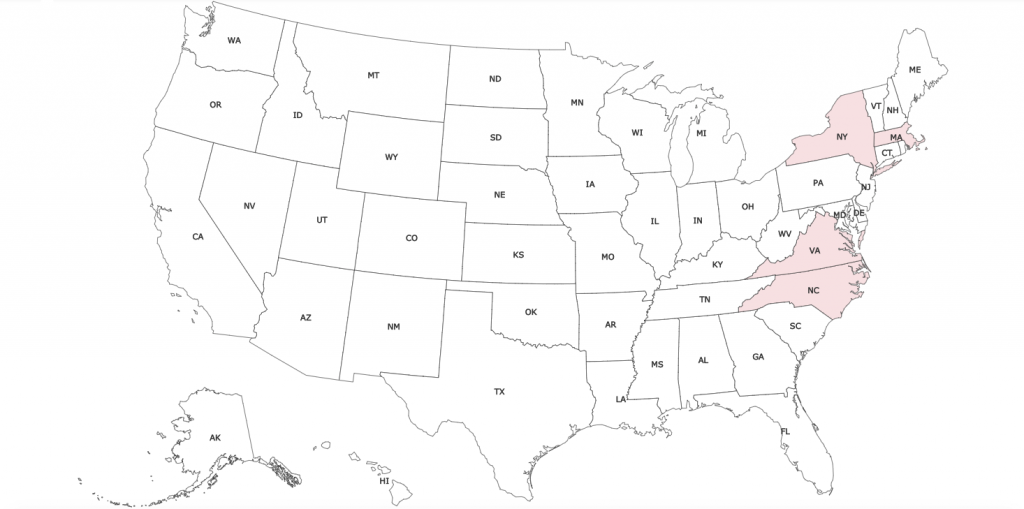A look ahead at ranked-choice voting in 2020
Voters in Alaska and Massachusetts may weigh in on ballot measures that would implement ranked-choice voting for state-level and congressional offices.
Alaska: The ballot measure, an indirect initiated state statute, would establish ranked-choice voting for all general elections conducted in the state. The measure would also establish a top-four primary system for all state executive, state legislative, and congressional offices.
- Supporters must submit 28,501 petition signatures in order to qualify the measure. Petition signatures must be filed prior to the start of the 2020 legislative session, which is set to begin on Jan .21. If the initiative is certified, the state legislature can directly approve it or equivalent legislation, thereby keeping the measure off the ballot. If the legislature does not act, the initiative will appear on the ballot. A simple majority of voters must approve the measure in order to enact it into law.
Massachusetts: The ballot measure, an indirect initiated state statute, would establish ranked-choice voting for both primary and general elections for statewide, state legislative, and congressional offices.
- Proponents submitted 111,268 petition signatures in order to qualify the measure. On Dec. 4, 2019, William Galvin, secretary of the commonwealth, announced that his office had verified that more than 80,239 of these signatures were valid, thereby meeting the requirements for certification. The legislature has until May 5, 2020, to approve the measure itself and forgo placing it on the ballot for voter approval. If the legislature declines to act, proponents will need to submit an additional 13,374 signatures by July 1, 2020, in order to place the measure on the Nov. 3, 2020, ballot. A simple majority of voters must approve the measure in order to enact it into law.
How many jurisdictions have adopted ranked-choice voting? One state (Maine) has implemented ranked-choice voting at the state level. Local governments in nine states have implemented ranked-choice voting at some level. Local governments in another four states have adopted but have not yet implemented ranked-choice voting. See the map and table below for further details.
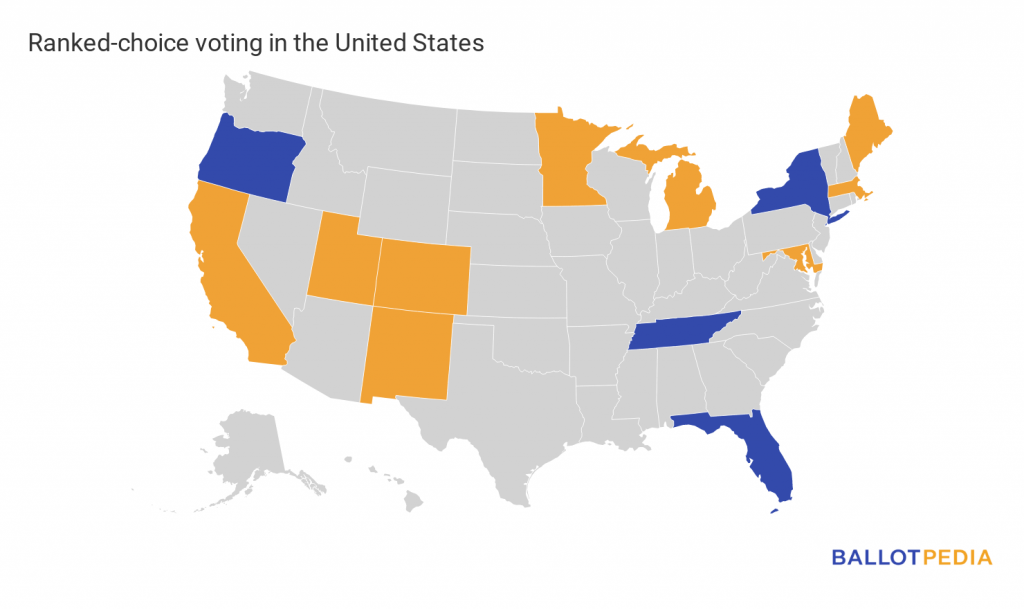
Federal judge blocks North Carolina voter ID law
On Dec. 31, 2019, Judge Loretta Biggs, of the U.S. District Court for the Middle District of North Carolina, prohibited North Carolina officials from enforcing the state’s voter identification law.
What is at issue? On Nov. 6, 2018, North Carolinians approved a state constitutional amendment establishing a photo identification requirement for voters. The state legislature, with Republican majorities in both chambers, approved implementing legislation (SB 824) in December of that year, overriding Democratic Governor Roy Cooper’s veto. The state chapter of the NAACP, in tandem with several local NAACP affiliates, filed suit, alleging that provisions of SB 824 constituted “the effective denial of the franchise and dilution of [African American and Latino] voting strength,” violations of the First and Fourteenth Amendments.
How did the court rule? In the opinion ordering the injunction, Biggs, an Obama appointee, wrote, “Plaintiffs have satisfied each element required to support the issuance of a preliminary injunction with respect to their claims that S.B. 824’s voter-ID (both in-person and absentee) and ballot-challenge provisions were impermissibly motivated, at least in part, by discriminatory intent. Those provisions will be enjoined pending trial. In contrast, the evidence in the record does not sufficiently demonstrate that S.B. 824’s provision expanding the number of at-large poll workers allotted to both political parties warrants an injunction at this time.”
What are the responses? Dr. Anthony Spearman, president of the North Carolina NAACP, said, “The Federal Court made it crystal clear that racial discrimination will not stand in North Carolina in its decision today to intervene to halt this illegal photo voter ID impediment-the latest bad faith attempt in a string of failed efforts by the NC General Assembly to place hurdles in the path of the right to vote of African Americans and Latinos in this state, and to diminish the force of the true will of the people.”
Republican State Sen. Phil Berger opposed the ruling: “It is absolutely ridiculous that the judge would accuse the bill sponsors – including an African American Democrat – of being racist. The voters saw the need for voter ID and approved the constitutional amendment. The legislature, acting on the will of the people, enacted one of the broadest voter ID laws in the nation. Now this lawsuit, and last-minute ruling, have sowed additional discord and confusion about the voting process.”
What comes next? Biggs’ Dec. 31 order is not a final ruling on the merits. Biggs’ order prevents election officials from enforcing voter identification requirements pending resolution of the case. It is unclear whether an appeal will be made to the U.S. Court of Appeals for the Fourth Circuit.
U.S. Census Bureau releases 2019 population estimates, foreshadowing post-2020 apportionment
Last month, the United States Census Bureau released population estimates for 2019. Although these number are not final, they can function as a bellwether for changes in congressional apportionment that might result from the 2020 census.
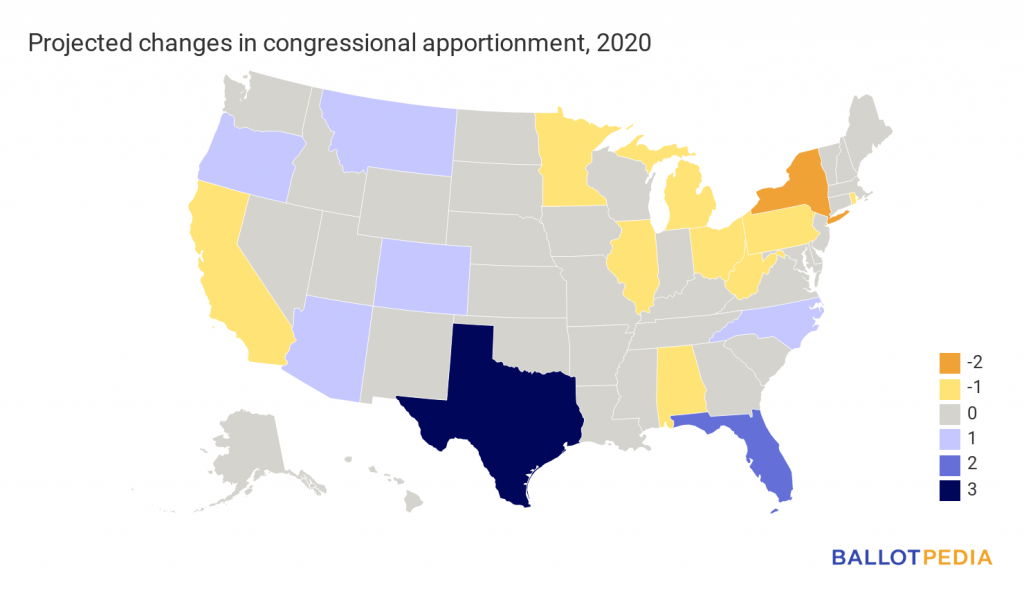
According to several commentators, including Reid Wilson, William H. Frey, and Louis Jacobson, 10 states – Alabama, California, Illinois, Michigan, Minnesota, New York, Ohio, Pennsylvania, Rhode Island and West Virginia – might lose congressional seats in the coming apportionment cycle. Seven states – Arizona, Colorado, Florida, Montana, North Carolina, Oregon, and Texas – might gain seats.
- Of the 10 states poised to lose congressional seats …
- Nine are expected to lose one seat a piece. One state – New York – might lose two.
- Democrats have the majority of seats in the current U.S. House delegations for California, Illinois, Michigan, Minnesota, New York, and Rhode Island. Republicans, meanwhile, hold the majority of seats in the current delegations for Alabama, Ohio, and West Virginia. Pennsylvania’s U.S. House delegation is split evenly between Democrats and Republicans.
- Of the seven states poised to gain congressional seats …
- Arizona, Colorado, Montana, North Carolina, and Oregon are likely to gain one seat each. Florida is likely to gain two, and Texas might pick up three.
- Democrats have the majority of seats in the current U.S. House delegations for Arizona, Colorado, and Oregon. Republicans, meanwhile, hold the majority of seats in the current delegations for Florida, Montana, North Carolina, and Texas.
Ballot access requirements for gubernatorial candidates in 2020
Eleven states will hold gubernatorial elections in 2020. How do prospective candidates get on the ballot in their respective states?
Generally speaking, a candidate must either pay a filing fee or submit petition signatures in order to have his or her name printed on the ballot. In states like Montana and Utah a candidate must do both.
The table below details filing requirements for both partisan and unaffiliated gubernatorial candidates in 2020. Where petition signatures are required, ratios expressing those requirements as percentages of state population are provided to facilitate comparisons.
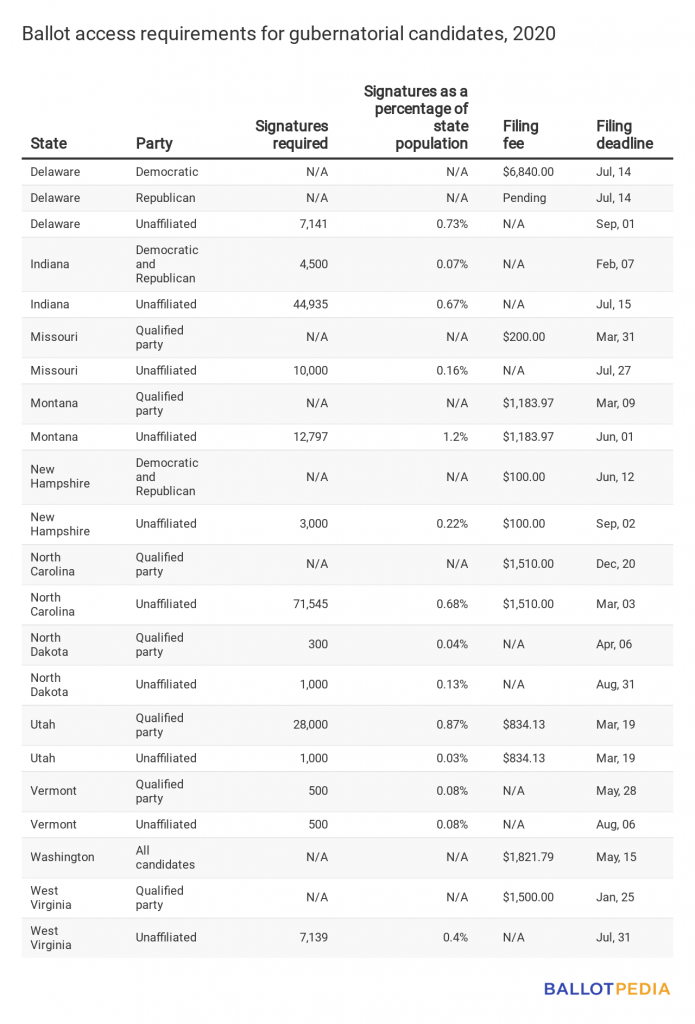
Legislation tracking
Redistricting legislation: The map below shows which states having taken up redistricting policy legislation this year. A darker shade of red indicates a greater number of relevant bills.
Redistricting legislation in the United States, 2020
Current as of Jan. 5, 2020
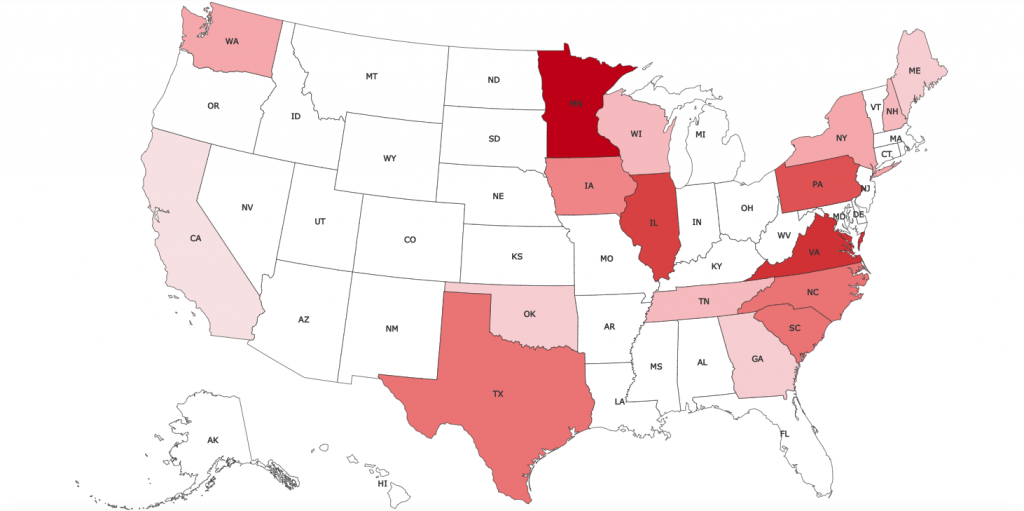
Electoral systems legislation: The map below shows which states having taken up electoral systems legislation this year. A darker shade of red indicates a greater number of relevant bills.
Electoral systems legislation in the United States, 2020
Current as of Jan. 5, 2020
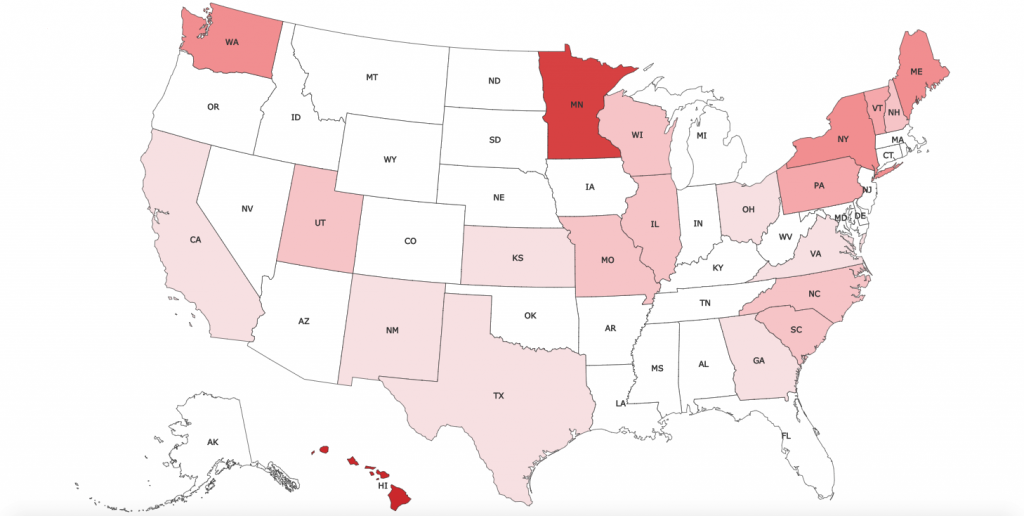
Primary systems legislation: The map below shows which states having taken up electoral systems legislation this year. A darker shade of red indicates a greater number of relevant bills.
Primary systems legislation in the United States, 2020
Current as of Jan. 5, 2020
